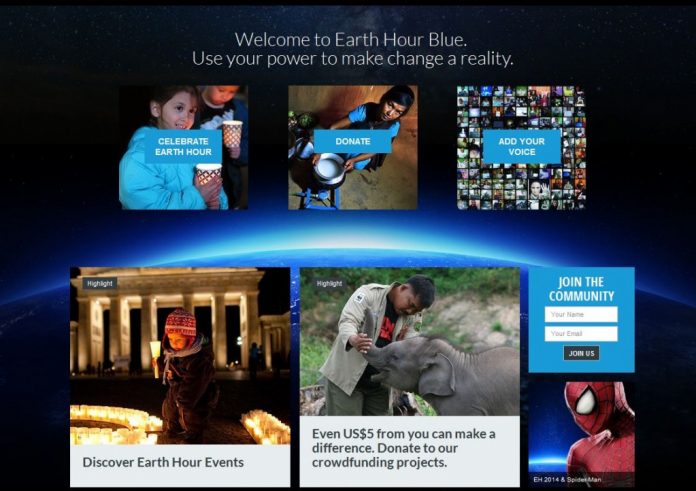The bright lights of the Dallas skyline twinkled out for a mere hour soon after the sun set on Saturday March 29th. Blackness overtook the city, but for what cause? Dallas, one of many participants, took part in an annual event known as Earth Hour, an international event raising awareness about our planet.
Here in Dallas, between 8:30 and 9:30 pm, the Bank of America Plaza building no longer shone its kelly green, its LED lights no longer flickering from a distance. Likewise, both Reunion Tower and the Omni Hotel proudly shut off their light shows. According to the World Wildlife Fund (WWF), all of these lights have one thing in common – they are non-essential. Nonetheless, they add color to our city’s skyline.
However, the blackness did not stop there. 31 states took part in this wonderful event. Cities such as Chicago, Boston, Denver, St. Louis, Phoenix, and even Las Vegas shut down for the hour. It gets even better. Many of these cities famous landmarks turned the brightness down as well. Some notable landmarks include: Golden Gate Bridge in San Francisco, the Chrysler Building, Empire State Building, and Times Square in New York, the Willis Tower in Chicago, the Gateway Arch in St. Louis, the National Cathedral in Washington, D.C., and the Space Needle in Seattle.
On the international scale, London’s Big Ben, Athen’s Acropolis, and Moscow’s Kremlin shut down for the hour. In addition, about 150 other countries participated in the movement.
Earth Hour began in 2007 in Sydney, Australia as a grassroots movement uniting people to come and protect Earth, an idea turned reality by WWF CEO Andy Riddley. The WWF, the main organizer behind the showcase of darkness, notes that Earth Hour is much more than an annual event, “it is a movement that culminates in an hour of inspiration across the world held towards the end of March each year.”
In the past 7 years alone, the Earth hour program has achieved much in addition to raising awareness about the world’s consumption of energy and the need to focus on renewable resources. On the basis of the Earth Hour Platform:
- More than 250,000 Russians voiced support for better protection of their country’s seas and forests
- Thousands of wood-saving stoves were distributed to families in Madagascar
- Solar-powered lights were installed in three villages without electricity in India
- Education programs for schools were launched in Thailand and Taiwan
But this is just the start. Hopefully, more programs such as these will come to light in coming years.
So, don’t be afraid next year on March 28 when the skyline goes dark. It is only a matter of time before the lights come back on.
If you would like to learn more about Earth Hour 2014, please visit: http://www.earthhour.org/






